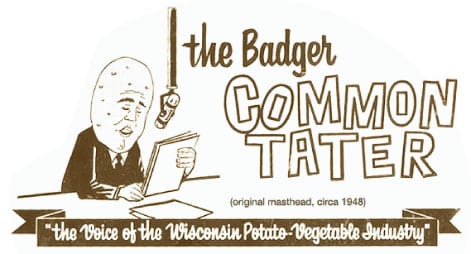Due to its high content of starch, potato is a main source of first quality carbohydrates
By Dr. Horia Groza, University of Wisconsin-Madison, retired

The journalist, Ben Feller, wrote, in 2009, an interesting story titled “The President and the Potato.”
David Letterman hosted President Barack Obama at his talk show and offered 10 funny reasons why his guest accepted to come. But Obama stopped him, saying, “The reason I’m here? I want to see that heart-shaped potato.”
A woman in the audience tossed it to him. He caught it and asked permission to take it home.
I wonder what happened to that potato. Was it kept on the presidential desk until it shrunk, decayed, or sprouted, or the President gave up and ate it? If he ate it, I think he had the unique chance to be convinced again and again by the outstanding nutritive power of this peculiar vegetable.
Did he realize when looking at the heart-shaped tuber that potato is, for very many people, the heart of their nutritional intake?
In the 18th century, on small English farms, an acre of potatoes produced three times more energy than wheat, barley, or oats. Traditionally, in the 19th century, in the Old World, an acre of potato crop and a milk cow could feed a family of six to eight persons (Nunn and Qian, QJA 2011).
Nowadays, four crops (potato, rice, wheat, and maize) supply 50% of the world’s food energy needed, and the 159 countries that grow potatoes represent 82% of all the world’s countries (Wijesinha-Bettoni and Mouille, AJPR 2019).
Click here to read the full issue of the Badger Common’Tater.



